Autumn Color Report: Kamakura
by Francois, staff writer of japan-guide.com
| previous post |
| next post |
2008/12/03 - Autumn Color Report: Kamakura
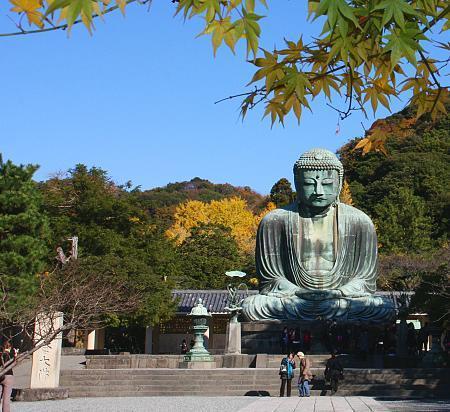
For the final koyo trip of the year, we headed out to Kamakura to see the city's most famous fall colour sites. We planned on seeing most of Kamakura's famous temples and devised a route that circled around the city. We started in the sout-east at Hase Station, walked north to Kita-Kamakura Station, then walked east through Shishimai valley to Zuisen-ji, and finally headed to Kamakura Station, passing through Tsurugaoka Hachimangu. As can be seen by the photographs below, we were happy to finish our koyo reporting for this year on a high note.

We started the day at Hase-dera, which is most famous for its massive wooden statue of the goddess Kannon. Around the temple's gardens we were able to find some nice leaves.
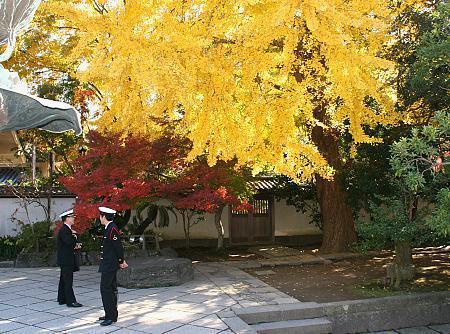
At the Great Buddha of Kamakura (Kamakura Daibutsu), there were a decent number of trees with colour. There was not so much as to be spectacular, but they made for some nice photos nonetheless. The place was crowded with students, as well as some sailors.
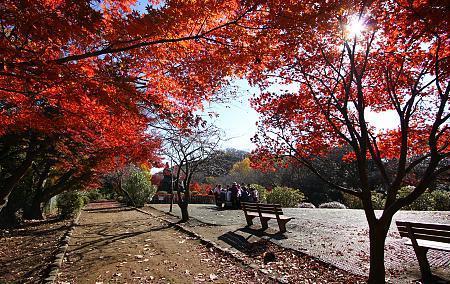
After a decent hike we arrived at Genjiyama Park. We had been looking for the Kewai-zaka Slope, but we found when got there that there was very little in terms of fall colours. Beside the slope was the park, where we found much nicer colours, amongst an imposing statue of Minamoto Yoritomo.

At Jochi-ji the most popular spot was a giant ginkgo tree across from the temple's main hall. A crowd of photographers had gathered around it, trying to get a good shot.
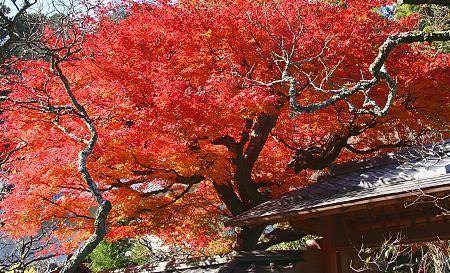
A short walk away was Tokei-ji, where we were able to find some more colours. This temple too was quite crowded, with many eager photographers vying for position around the most colourful trees.


Passing the train tracks just below Kita-Kamakura Station, we made our way a short 250 meters from Tokei-ji to Engaku-ji, the important temple under whose branch of Zen Buddhism the two previous temples take part. The entrance to Engaku-ji was particularly impressive, and many people had taken a seat in front and were trying to paint the scene. Inside, the temple grounds were quite extensive and we found quite a few trees and attractive views to admire.
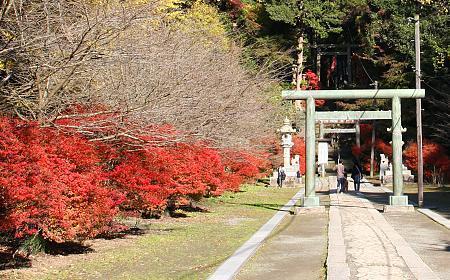
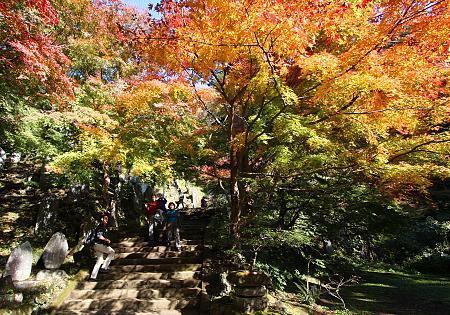
Kencho-ji is considered first among Kamakura's Zen temples. Among other reasons, it was the first Zen temple built in the city, way back in 1253. It too had very large grounds, and a number of nice views, if not as nice as Engaku-ji. We walked through to the back of the temple, where a walking trail was located.
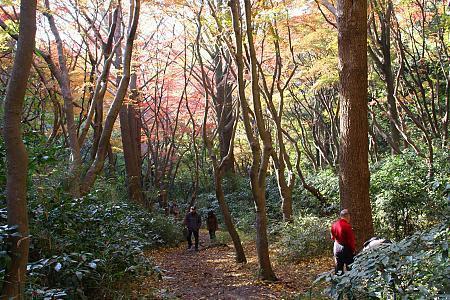
After walking for a long time along the walking trail from Kencho-ji, we arrived at Shishimai valley. On the walk we had overheard some people excitedly talking about how nice the koyo had been in the valley. Though they may have been a little overexcited, the valley was indeed quite nice.

The eastern-most point on our route, Zuisen-ji is most famous for its rock gardens. As the rocks gardens have not seemed to been affected much by the changing seasons, they were not particularly nice as koyo spots. There was a smattering of colour otherwise, but Zuisen-ji was probably the least colourful of the koyo sites we saw in Kamakura.
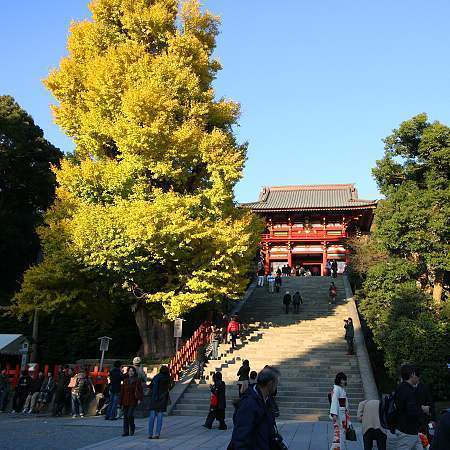
Our final koyo location before boarding the train at Kamakura Station was Tsurugaoka Hachimangu, Kamakura's most poular and most central site. Here the highlight was definitely the massive gingko tree that is located beside the steps up to the Main Hall. The tree is over 1000 years old, and though it still had some green in it, it was starting to turn to golden yellow. After seeing the shrine, we left to catch our train.

| previous post |
| next post |


